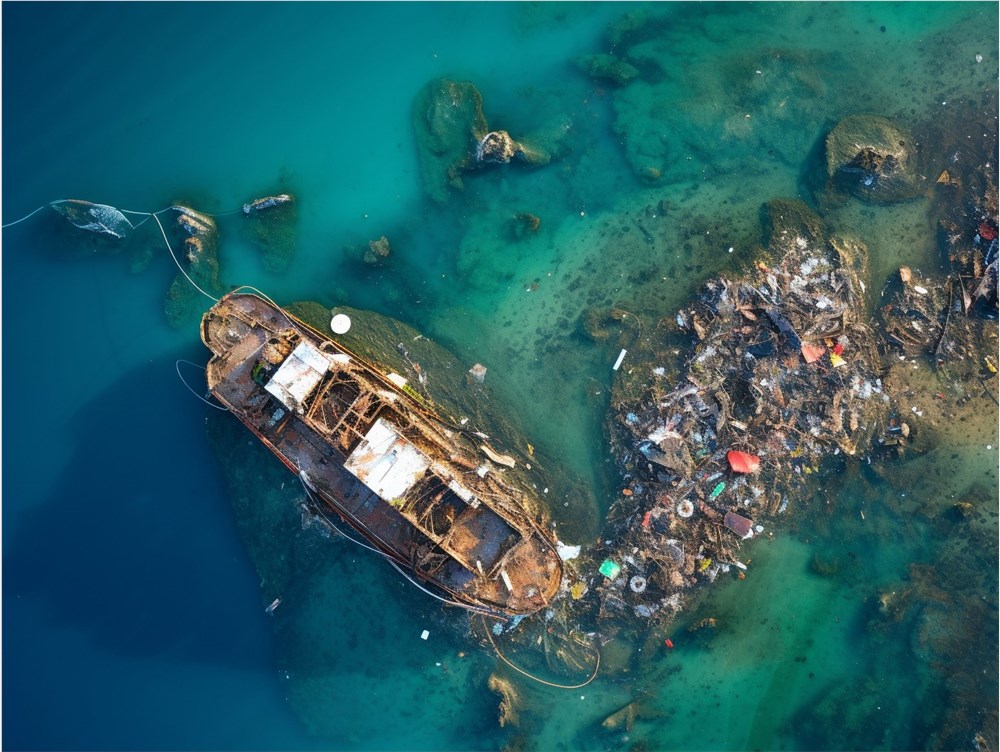On June 26, China's first open-source large model dedicated to the marine field, OceanGPT (Cangyuan), was officially launched in Hangzhou, Zhejiang. This large model was mainly developed by the National Key Laboratory of Marine Precision Sensing Technology at Zhejiang University, aiming to promote marine scientific research and applications.
OceanGPT has the ability to answer basic questions about marine knowledge and can naturally interpret multi-modal data such as sonar images and marine observation maps. Its unique "slow thinking" reasoning mechanism, combined with rich domain knowledge, effectively reduces the error rate in generated content, solving the hallucination errors of traditional general-purpose large models. This means that OceanGPT provides more accurate and reliable answers to marine-related questions.

Image source note: The image is AI-generated, and the image licensing service provider is Midjourney
The model is not only suitable for knowledge Q&A in the marine field but also plays an important role in marine robot control and underwater intelligent technology. Chen Huajun, the head of the research team and a professor at the School of Computer Science, Zhejiang University, said that by simply inputting a natural language instruction, OceanGPT can automatically generate the corresponding robot control code, greatly simplifying the operation process, and even allowing non-professionals to easily operate underwater robots to complete complex tasks.
To further enhance the autonomous operation capability of marine equipment, OceanGPT also integrates the MCP large model protocol, aiming to achieve collaboration among multiple robots. Currently, OceanGPT has completed technical verification on the Haiying series of underwater robot platforms at Zhejiang University. Field tests show that the model has improved the efficiency of robot code writing from hours to seconds, significantly improving R&D efficiency.
The development of OceanGPT started in 2023 and has successively released several versions, including OceanGPT-basic, which focuses on marine knowledge Q&A, OceanGPT-omni, which handles multi-modal data, and OceanGPT-coder, which generates code for underwater robots. The model adopts a mixture of experts architecture, where multiple functional sub-models work together, making its application in the marine field more extensive.
In short, OceanGPT is not only an important innovation in marine technology but also a powerful tool for promoting future marine research and applications. It will provide scientists and engineers with more efficient tools and help advance marine science further.
